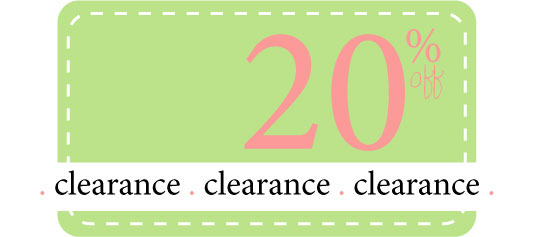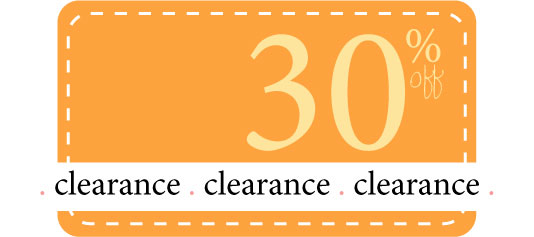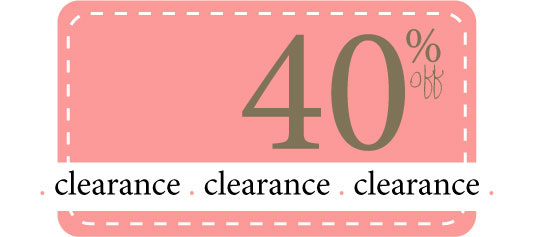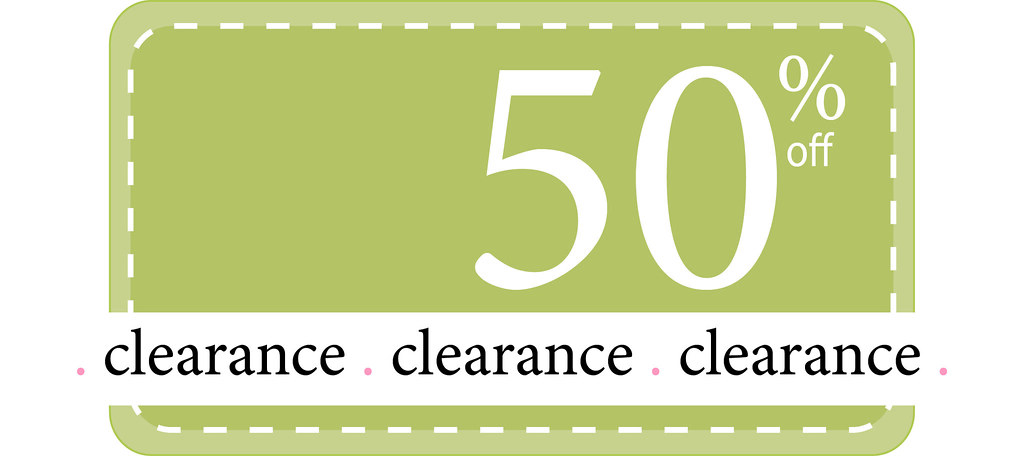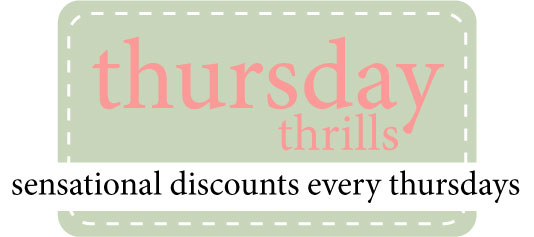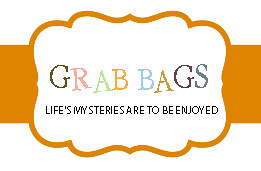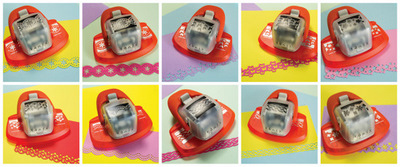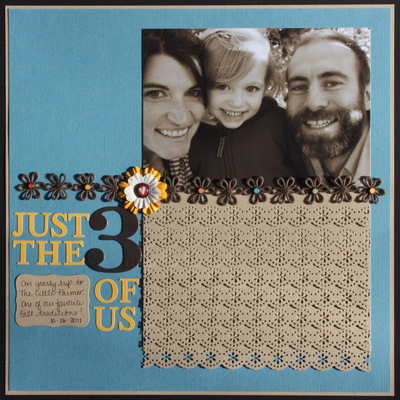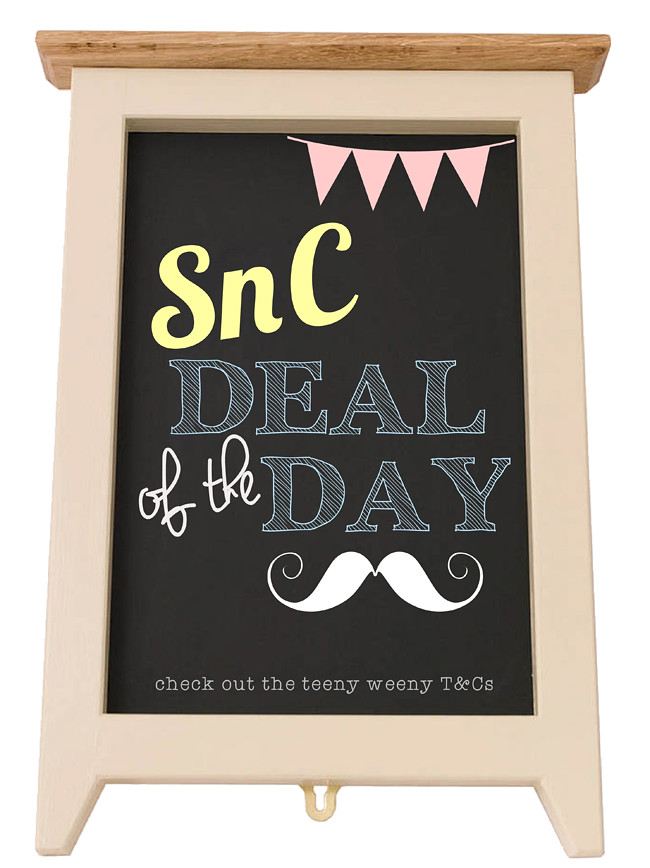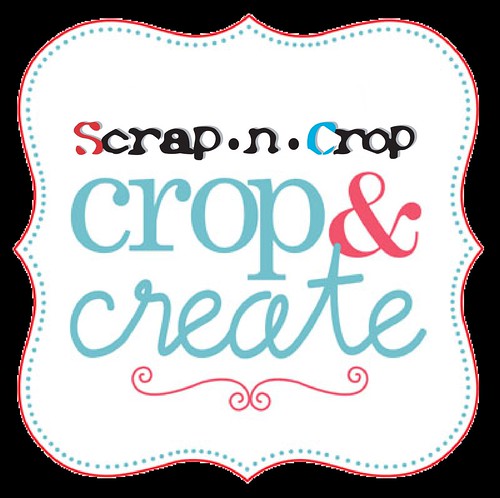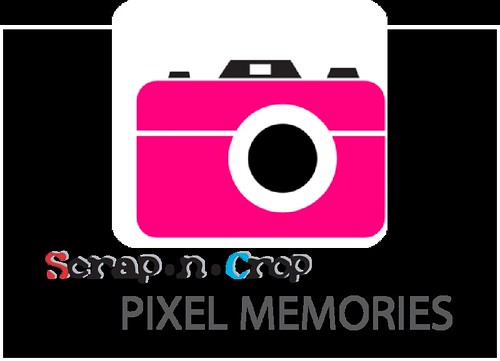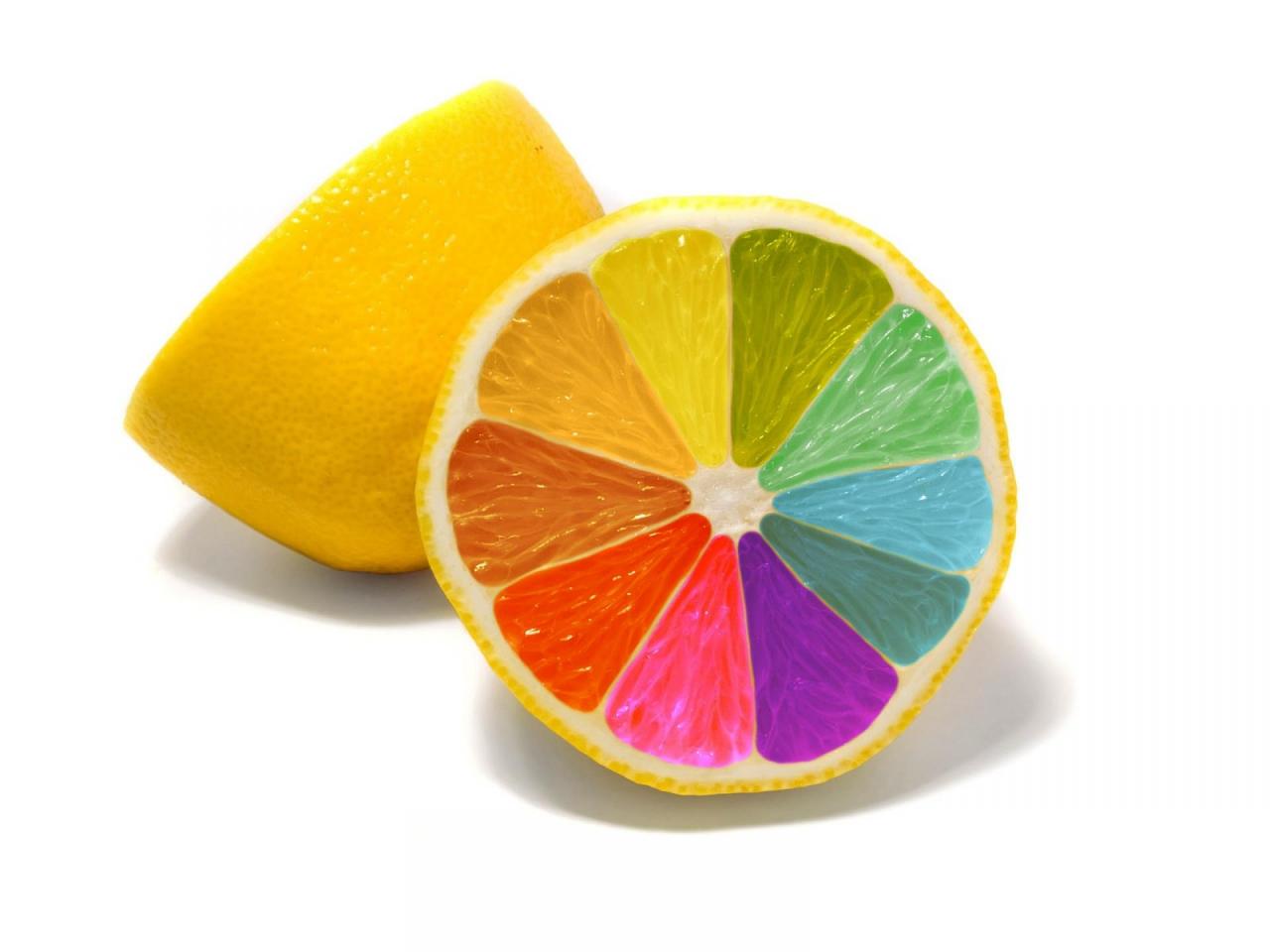 Stamping – the art of using rubber, clear, foam or any other
kind of image stamps – is an incredibly versatile art. You can use it in your scrapbooking,
for card-making, jewellery making, on fabric, metal, wood – in fact,
pretty much anything that stays
still for long enough!
Stamping – the art of using rubber, clear, foam or any other
kind of image stamps – is an incredibly versatile art. You can use it in your scrapbooking,
for card-making, jewellery making, on fabric, metal, wood – in fact,
pretty much anything that stays
still for long enough!
But it can also seem a little daunting – there seems to be
so much to learn. Which stamps to
use, which inks, how do you get a good image, what do you do with an image once
it is stamped – the questions are endless. But it’s not really that difficult, it’s fun! It’s a great
excuse (if you need one!) to get your crafty stash out and start playing.
In this new series, I’ll help you get started on this great
new hobby. And if you have already
discovered it, maybe you might find a useful tip or new technique along the
way.
The first subject really has to be which stamps to use. I covered this in an article last year
– you can find it here
Next is, what to stamp with?
Actually, you can stamp with lots of different mediums –
more on those at a later date.
Today we are going to focus purely on inks.
There are so many different inks available these days that
it is difficult to know which one you should get. The most important thing to know is that there are two main
types – dye ink and pigment ink.
Dye ink usually dries very quickly.
Pigment ink is much slower to dry – it usually requires a
heat gun to ensure it is fully set – and so this makes it perfect for use with
embossing powders. Just to make
life easier for all of us, in this series I am going to focus on the inks that
Scrap-n-Crop.com sell. There are lots
more available – some are good, some not so good. You need to experiment a bit to find the ones which work
best for you.
If you are just starting out with stamping, start with a
good basic dye ink first.
Memento
are a good brand. They are quick
drying, and have the added advantage of being the best ink to use with Copic
markers. They also come in small
“dew drop” sizes as well as the traditional larger stamp pad, which makes
starting a collection much more economical. There are lots of different colours available, but to start
with you might want to stick to a neutral colour – Tuxedo Black, London Fog or
Rich Cocoa are ideal.
Adirondack ink pads are made by Ranger, who are renowned for
their high quality products, and come in a selection of earth tone colours
which match other products in the Adirondack range, such as acrylic paints.
Pigment ink pads are usually used with embossing powders. Brilliance pigment inks are – well,
brilliant! They have a subtle
sparkle to them, and produce beautiful stamped images. Like the Memento pads, they come in dew
drop and larger sizes, and lots of colours. Moonlight white is an excellent white ink which gives great
results.
Lots of stampers also like Versamark – it comes in clear and
slightly sparkly versions, and is stickier than most inks so you can use it
with mediums such as Perfect Pearls and chalk. You can also get clear embossing pads which can be used with
any embossing powder.
There are also hybrid and specialist inks to add to the
mix. Tim Holt’s distress inks from
Ranger are very popular. These are
dye inks, but stay wet a little longer so you can emboss with them if you
wish. They also react with water
in a unique way. See my series on
distress products for more information.
Conversely, Ranger’s Archival and Versafine inks are pigment
ink, but dry quickly and are not suitable for embossing. Each has their own specific use though. Versafine is the best ink to use for
very detailed images. Archival ink
is permanent, and is waterproof so you can use it with distress inks or
watercolouring without your image smearing. It is also the perfect ink to use together with alcohol
inks.
Staz-on is a solvent-based ink which is ideal for stamping
onto glossy surfaces such as plastic, acrylic and metal. Looks great used on transparent acrylic
sheets or embellishments.
Chalk inks, as the name suggests, give a softer, more chalky
effect. Some are pigment inks,
some are dye inks – if you are not sure, ask the retailer for advice.
- - - - - - - - - - - - - - - - - -
HINTS!!! {hot tips}
- - - - - - - - - - - - - - - - - -
One
often-asked question about ink pads is how to store them. Some people say upside down to keep the
ink at the top of the pad wet.
Others say that makes the pad too wet. According to Tim Holtz (who works
closely with the Ranger chemists and is, in my experience, usually right about
such things) it makes little if any difference. So it’s up to you.
I store mine the right way up, because then I can easily see which
colour is which.
.
.



